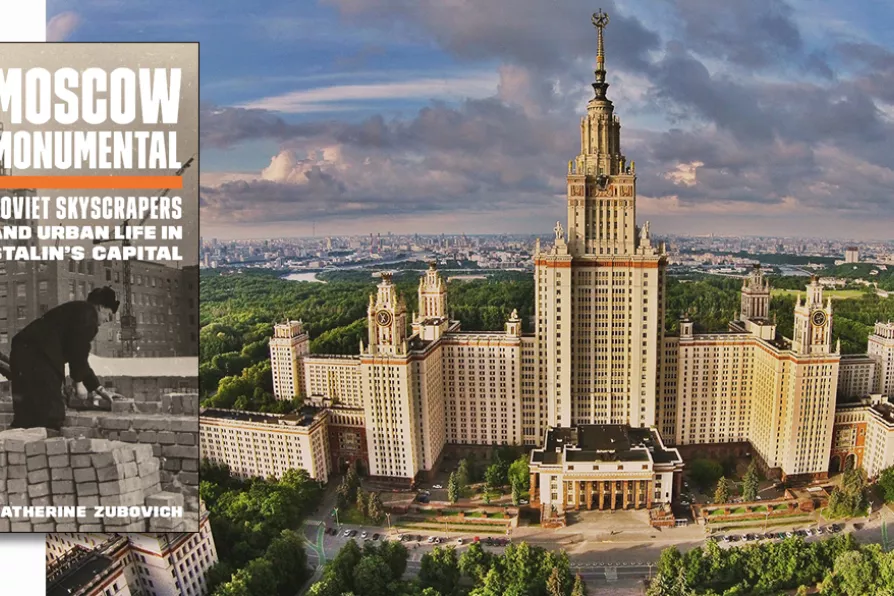The book feels like a writer working within his limits and not breaking any new ground, believes KEN COCKBURN

 Moscow State University remained the tallest building in Europe until 1997
Moscow State University remained the tallest building in Europe until 1997
CONTRARY to the popular image in the West of a dull, grey and brutal USSR, in Moscow Monumental Katherine Zubovich reveals how the general plan for the city in the 1930s aimed to improve standards of living, deal with the housing crisis, provide new amenities to Muscovites and beautify a city of “narrow and curving streets with dozens of lanes and dead ends.”
The architecture of Moscow — and my one criticism of the book is that it’s not well served by the small and grainy photos illustrating the text — goes beyond the typical tourist pictures of Red Square and onion domes. Changing styles mirrored the growth and development of a new nation.
The Palace of the Soviets was planned as a 100-storey skyscraper topped by an 80-metre-high statue of Lenin. Futuristic features such as automated cloakrooms hint at the ambitions of the Soviet Union to come, a nation that had big dreams of an evolution from peasant state to the superpower that put the first man in space.

As Moscow celebrates the 80th anniversary of the Nazi defeat without Western allies in attendance, the EU even sanctions nations choosing to attend, revealing how completely the USSR's sacrifice of 27 million lives has been erased, argues KATE CLARK













